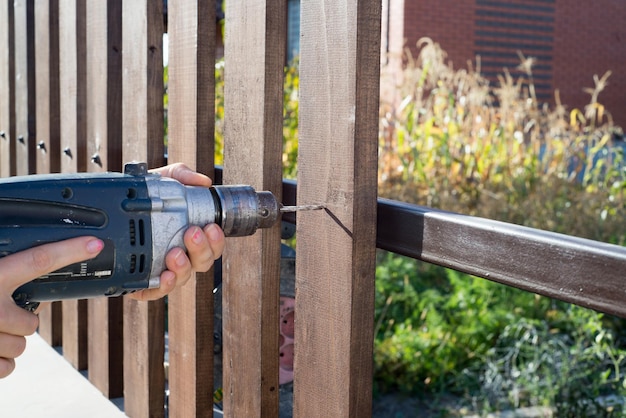Installing a privacy fence is a great way to enhance your property’s security, create a secluded outdoor space, and boost curb appeal. Whether you’re looking to block noise, keep pets and children safe, or simply enjoy more privacy, a well-built privacy fence can make a big difference.
This comprehensive guide will walk you through everything you need to know—from planning and materials to step-by-step installation. Let’s get started!
Why Install a Privacy Fence?
A privacy fence offers several benefits:
- Enhanced Privacy: Blocks the view from neighbors and passersby.
- Security: Keeps intruders out and pets or children safely inside.
- Noise Reduction: Helps dampen street noise for a quieter yard.
- Aesthetic Appeal: Adds structure and beauty to your landscape.
- Property Value: A well-built fence can increase your home’s resale value.
With these advantages in mind, let’s dive into the installation process.
Planning Your Privacy Fence
- Check Local Regulations
Before starting, check with your local municipality for:
- Permit requirements
- Height restrictions (typically 6–8 feet for privacy fences)
- Property line rules (avoid disputes by knowing exact boundaries)
- Choose the Right Material
Popular privacy fence materials include:
| Material | Pros | Cons |
|---|---|---|
| Wood | Natural look, customizable | Requires maintenance (staining/sealing) |
| Vinyl | Low maintenance, durable | More expensive upfront |
| Composite | Resistant to rot & insects | Higher cost |
| Metal (Aluminum) | Strong, modern look | Less privacy without added panels |
- Measure Your Property
- Use stakes and string to mark the fence line.
- Calculate the number of panels, posts, and hardware needed.
Step-by-Step Privacy Fence Installation
- Gather Tools & Materials
You’ll need:
- Posts (4×4 or 6×6 treated lumber)
- Fence panels or pickets
- Concrete mix (for setting posts)
- Level, post hole digger, drill, screws/nails
- Mark Post Locations
- Space posts 6–8 feet apart (depending on panel width).
- Use a tape measure and spray paint to mark spots.
- Dig Post Holes
- Dig holes 2 feet deep (or below the frost line in colder climates).
- Diameter should be 3x the post width (e.g., 12″ for a 4×4 post).
- Set Posts in Concrete
- Place the post in the hole, ensuring it’s level and plumb.
- Pour concrete, slope it slightly for water runoff, and let it cure (24–48 hours).
- Attach Rails & Panels
- For wood fences, nail horizontal rails between posts.
- For pre-made panels, secure them to posts using brackets.
- Add Finishing Touches
- Stain or paint wood fences for protection.
- Install post caps for a polished look.
Maintaining Your Privacy Fence
To keep your fence in top shape:
- Wood: Re-stain every 2–3 years.
- Vinyl: Wash with soapy water annually.
- Metal: Check for rust and repaint as needed.
Final Thoughts
A privacy fence is a worthwhile investment that improves security, comfort, and aesthetics. By following this guide, you can confidently plan and install a durable fence that meets your needs.
Ready to start your project? Gather your materials, check local codes, and enjoy the process of creating your private outdoor retreat!

